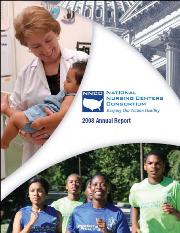ACT-UP
 Those of you who share my belief that the formation of ACT-UP (The AIDS Coalition to Unleash Power) at the outset of the HIV/AIDS pandemic was the start of one of the most extraordinary and effective social movements of our time might want to check out these short oral histories just posted on Slate’s website.
Those of you who share my belief that the formation of ACT-UP (The AIDS Coalition to Unleash Power) at the outset of the HIV/AIDS pandemic was the start of one of the most extraordinary and effective social movements of our time might want to check out these short oral histories just posted on Slate’s website.
There is, of course, an enormous amount of material on ACT-UP, much of which can be found in papers and other materials in the collection of the New York Public Library. But if the history and role of this truly heroic group is something with which you are not well acquainted, you might want to start here.
Some of you know that I am now in the 23rd year of teaching a course for undergraduates called Myths and Images: Social Problems in Media and Culture. In the course’s earliest years, many of ACT-UP’s founders and other early HIV/AIDS activists attended the class and spoke, including Maria Maggenti, Craig Davidson (GLAAD’s first executive director), Bree Scott-Hartland, and Rodger MacFarlane.
A true hero of mine and one of the most extraordinary of the early ACT-UP organizers was Ann Northrup, and — while she never visited the class — I have shown various videos of her early activism and amazing appearances on The Phil Donahue Show for years. I just spoke to her last year about how, at a time when much about the virus was still uncertain and homophobia was rampant, she was a prominent voice of reason, truth, and wonderfully righteous anger.
Steve Gorelick, Senior Fellow, is Professor in the Department of Film and Media Studies at Hunter College of the City University of New York
Those of you who share my belief



